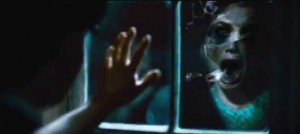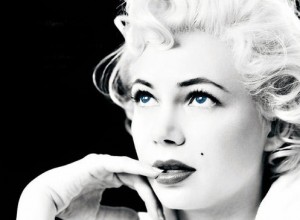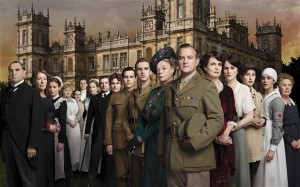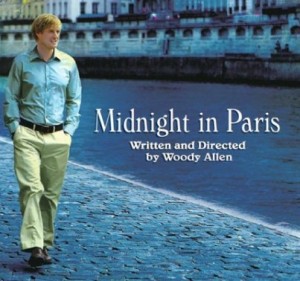 This one took the bromance cake. Of course, I’m one of those shallow girlz who will gladly watch — and on some level, enjoy — anything Robert Downey, Jr. is in, so it wouldn’t matter what cake was up for the taking. I’d like it.
This one took the bromance cake. Of course, I’m one of those shallow girlz who will gladly watch — and on some level, enjoy — anything Robert Downey, Jr. is in, so it wouldn’t matter what cake was up for the taking. I’d like it. ![]()
Still, there were holes. I know about the expectation that a viewer suspend disbelief and instead just immerse him/herself in the story. I get that. But Guy Ritchie makes the work awfully challenging. Just a few examples:
- A high-tech (even by, say, Viet Nam era standards) weapons factory exists in the Swiss wilderness, complete with a football-stadium-sized warehouse, which Holmes illuminates by flipping a single light switch, instantaneously activating enormous overhead lights (the film takes place in 1891).
- Holmes throws Watson’s wife off a speeding train, sending her plummeting at 50 MPH into a river, from which she emerges, unscathed, muttering sarcastically about how this was shaping up to be the best night of her life.
- With regards to the train: there’s only so much smart-aleck, joke-around-in-the-face-of-certain-death chicanery I can take. Again, expectations for suspension of disbelief were too high. That, and the fact that Watson took far too easily the news that his friend just chucked his wife into the river on their honeymoon night. Head-scratcher.
- There’s a completely cheesy twist put on the final (and by this time, tedious) slo-mo fight sequence. I actually did a tongue click.
The fight scenes (too many for my taste) bordered on the useless. And the evil henchman/assassin working for Moriarty? Hardly a scary individual. He looked like a cost accountant, late for a train. (My apologies to all tardy cost accountants.) It just didn’t add up; it was like Ritchie was trying to cover all bases for everyone, and missing the mark altogether in places. The way Holmes was directed to react to the death of someone close to him (and it wasn’t even confirmed in the movie, at least to my satisfaction) was pretty shallow. Big question mark there.
There were definite bright spots, however. I mean, it’s RDJ — need I say more? ![]() Jude Law was also adorable, and Jared Harris (Lane Pryce in Mad Men) did the understated arch-villain Moriarty proud. Stephen Fry, half of the old comedy team Fry and (Hugh) Laurie, was delightful as Holmes’s quirky brother Mycroft. He called Downing “Sherly” — haha.
Jude Law was also adorable, and Jared Harris (Lane Pryce in Mad Men) did the understated arch-villain Moriarty proud. Stephen Fry, half of the old comedy team Fry and (Hugh) Laurie, was delightful as Holmes’s quirky brother Mycroft. He called Downing “Sherly” — haha.
As for the women in the film…um, were there any women in the film? Huh…can’t recall.
Still, it was a borderline fun movie for a quiet Saturday night. If you don’t mind being nibbled to death by anachronistic ducks, give it a try. “Sherly” is, after all, pretty easy on the eyes.
On the Rat-O-Meter scale of five cheeses, I give Sherlock Holmes: A Game of Shadows:










